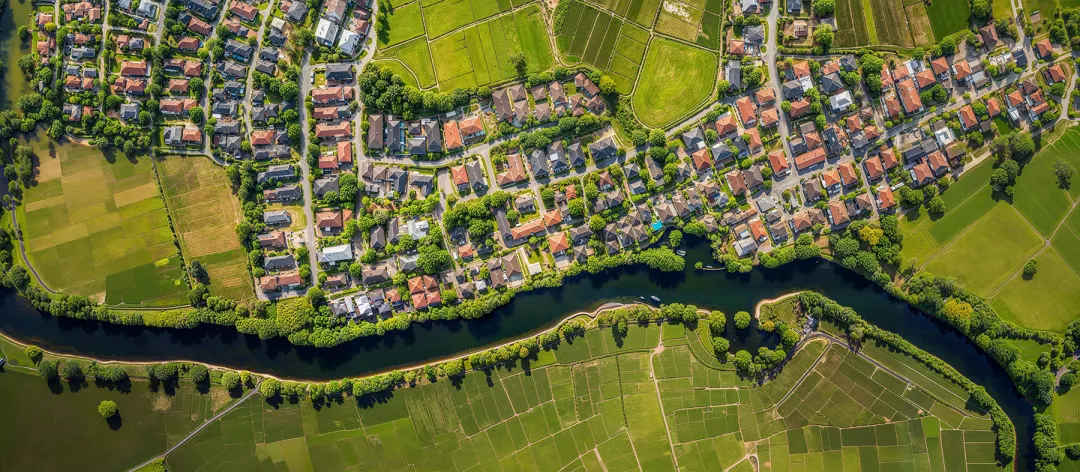Water efficiency benefits flow from CAP Strategic Plans
- CAP Implementation
- Agricultural Productivity
- AKIS
- CAP Strategic Plans
- Climate and Climate Change
- Communication
- Environment
- Food Supply Chain
- Forestry
- Fostering Knowledge & Innovation
- Green Deal Targets
- Jobs, Growth and Equality in Rural Areas
- LEADER
- Long-term Vision for Rural Areas
- Networking
- Research & Innovation
- Rural Development
- Smart Villages
- Social Inclusion
- Sustainability
- Tourism
Water efficiency is the topic of a new Policy Insights article which highlights how the CAP can help rural Europe use water wisely by better protecting the quality and quantity of EU water reserves.

'Water efficiency for rural Europe' is the title of the latest edition in the Policy Insights series of short informative web articles. This policy perspective starts by noting that food and agriculture have a dedicated section in the UN World Water Development Report. It then reviews recent policy developments in the EU related to water management within the context of sustainable food systems including climate change.
The article observes that water efficiency is set to become increasingly visible in EU policy fields, just as energy efficiency is widely known as a valuable global goal for Member States.
Short case study examples are showcased in the article with links included to more detailed information. The examples are projects from Belgium and Slovenia (that were in the 2023 Agricultural & Rural Inspiration Awards).
Policy Insights also raises readers' awareness of the possibilities in all Member States for dedicated financial instruments for agri-food water efficiency investments. Here, policy support options can create specialised water ‘investment platforms’ designed to fill funding gaps. They work by combining demand from smaller regions. This allows large-scale private investors interested in water projects focused on cost savings or profitability to benefit from economies of scale. Readers of the web article are provided with an Italian CAP financing model for inspiration.
Other tips in the text reinforce how the uptake of all available funding can be closely monitored to help understand what works best to promote water efficiency in different parts of the countryside. For instance, the Policy Insights points out success factors for motivating farmers in some parts of Europe where uptake of CAP-funded water protection measures was low.
Overall, the text highlights how CSP implementation can significantly improve the water efficiency of sustainable agri-food systems and how CAP resources can be coordinated carefully (with other financing options from EU, national and private sources) to optimise the flow of water management action across Europe’s countryside.

